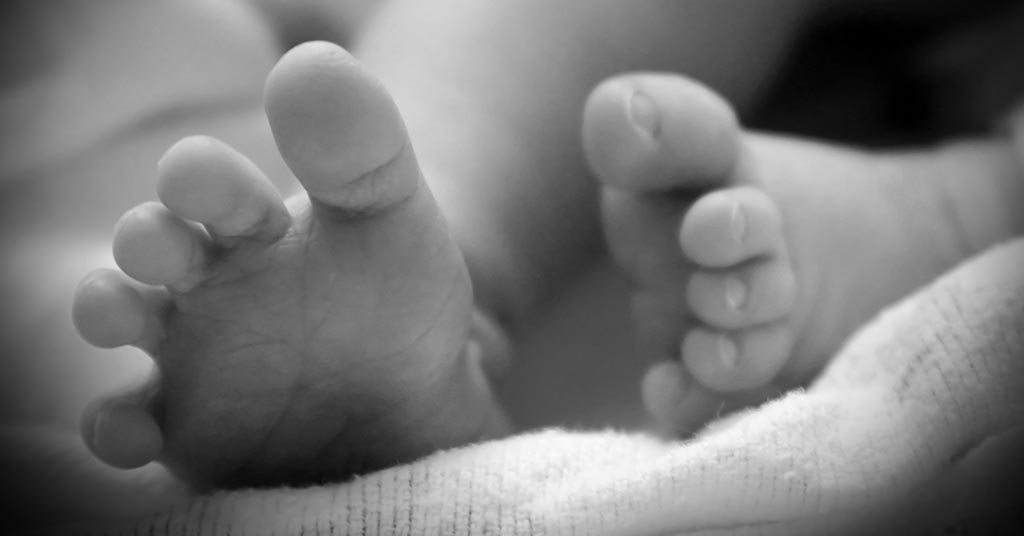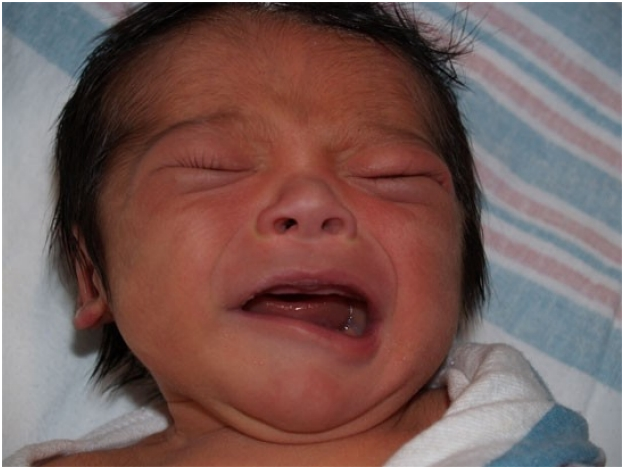
Having a child is always blissful; however, the joy can be tainted in pain and tragedy when parents get the news of birth injury or birth trauma!
A birth injury is an injury that a baby suffers before, during or after delivery. This usually happens when there’s a problem in the baby’s development or when the baby’s health is affected during the pregnancy.
Often, these injuries are the result of fetal oxygen deprivation, trauma from the impact of delivery, infection or other severe health conditions, medical negligence and more. These injuries affect a baby’s body system, giving impacts that vary from minor bruising and lacerations to lifelong disabilities and permanent injuries.
Dive-in to know the most common birth defects that can life-changing and traumatic for parents as well as kids:
In case you were not already aware, a Birth injury lawyer help children and families harmed by medically negligent doctors receive financial compensation. Birth injuries fall under a very specific area of personal injury law. Unlike other injuries (such as car accidents), birth injuries may not be apparent until months or years after the fact. In addition, many traumatic birth injuries could have been prevented with proper medical care.
Brain Injury:
Brain injury is one of the most serious conditions of the brain that are usually permanent and can have many physical and mental symptoms. People suffering from these injuries often suffer developmental delays and might fail to reach their respective goal.
Furthermore, every brain injury different and its symptoms vary from person to person. The most common form of brain injury is the cerebral palsy, which is a neurological condition that affects mobility, development, and cognition of the brain.
Facial Paralysis:

Facial paralysis is the loss of facial movement that occurs because of the nerve damage. If the baby’s face has too much pressure placed at the time of delivery, it can result in damaged facial nerves. The situation is common when the vacuum extraction or forceps is used to bring the baby out.
You might observe that the facial muscle of the kids is weak and might not have the ability to move to the affected side of the face. Head trauma, neck tumor, inflammation of the facial nerve, strokes are some of the most common causes of facial paralysis.
Bell’s palsy is the most common cause of facial paralysis with 1 of the 60 people suffering from it.
Oxygen Deprivation Injury:
Hypoxic-ischemic encephalopathy ( HIE) is the dangerous brain defect that occurs when the baby’s mind is deprived of oxygenated blood at the time of delivery. HIE occurs when the infant is not receiving enough oxygen, and the doctor fails to deliver the emergency C-section.
If it’s the physician behind the defect, seek help from the birth injury attorneys and ask for the claim. Umbilical cord problems, placenta previa, uterine rupture, PROM (premature rupture of the membranes) arrested labor are some of the prime causes of the oxygen deprivation condition.
However, to prevent fetal oxygen deprivation other situation like hypoxic-ischemic encephalopathy, the doctor should keep an eye on the baby’s heart rate at the time of labor and delivery.
Brachial Plexus:
These injuries offer damage to the nerves that go from upper spine to the neck, arm, shoulder, and hand. While the damage is temporary, it can result in a permanent disability, if ignored. The mildest form of this injury involves stretching of nerve with severe situations resulting in paralysis and dislodged spine.
Perinatal Asphyxia:
This situation also arises when the baby doesn’t receive the required oxygen, and the situation of oxygen deficiency in the blood rises. A kid with the labored breathing or pale complexion or the one with the shock, seizure or coma is suffering from the perinatal asphyxia.
Sometimes a baby stops breathing because of the Meconium Aspiration Syndrome, a situation in which the baby feel stressed, defecates either before during or after the vaginal delivery.
Cephalohematoma:
It’s a birth defect that is caused by the bleeding under the cranial bone. A raised bump after the delivery is the sign of cephalohematoma.
While it gets clear after a few months of the delivery, it can give rise to problems like hypotension, anemia, jaundice, and meningitis.
Caput Succedaneum:
Swelling in the scalp or at some portions of the scalp or the bruised and discolored looking scalp are some common signs of the caput succedaneum. While it’s not life-threatening, it heals on its own.
So, those were the most common birth defects.









